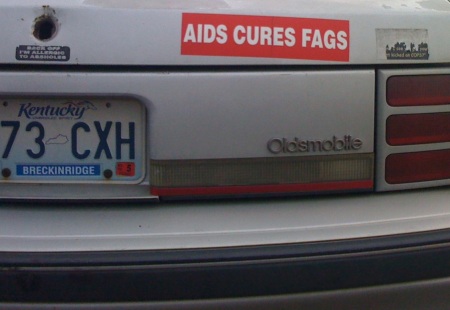Posted McDonaldization and Starbuckization over at the Social Lens.
“I’ll have a Big Mac, Filet of Fish, Quarter Pounder, French Fries..icy Coke, Big Shake, Sundae, and Apple Pie…”–yeah, I didn’t need to Google that to find the lyrics, that was from memory.
That was a popular “nursery rhyme” when I was younger, a chippy jingle by McDonald’s that served its purpose: to lure me in like the sad fast food sap that I am.
I’m sure you can relate, but what is it that can be made of this “McDonaldization of Society”? George Ritzer uses McDonald’s as the primary example to illustrate the modernization of society, a move from cultures built on tradition to cultures that are mechanized and highly organized.
The principles that Ray Kroc used to build his food empire have been modeled in businesses from motor companies to coffee: 1. efficiency, 2. predictability, 3. uniformity, and 4. control. Look at the pervasiveness of both McDonald’s and Starbucks in the world. This graph dates back to 2003, so imagine the extent this pervasiveness has grown over the past seven years. Notice the profit versus the gross domestic product of Afghanistan.
To what extent have these principles of economic productivity spilled over into the various groups and institutions by which we associate in daily life? How has the fast food culture come to characterize how we live?
Ritzer built on his ideas surrounding McDonaldization and provides an updated and extended version of his analysis with the concept of Starbuckization. Hear some of Ritzer’s thoughts on the role and influence of Starbucks as a global business chain at the video below.














